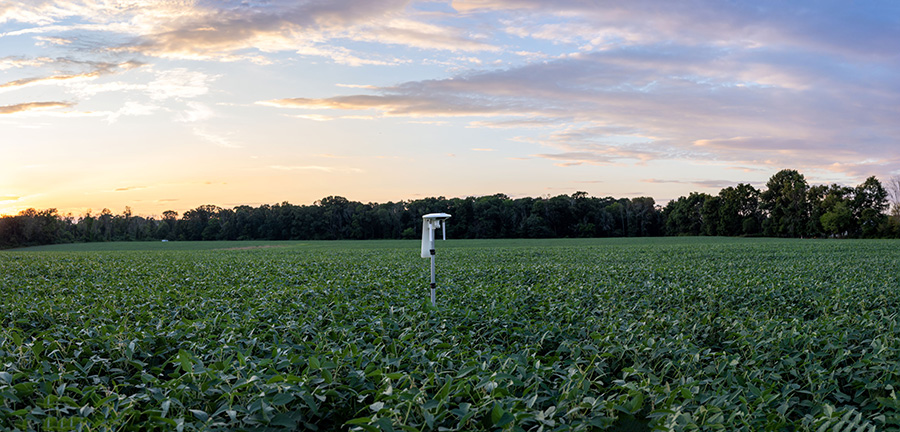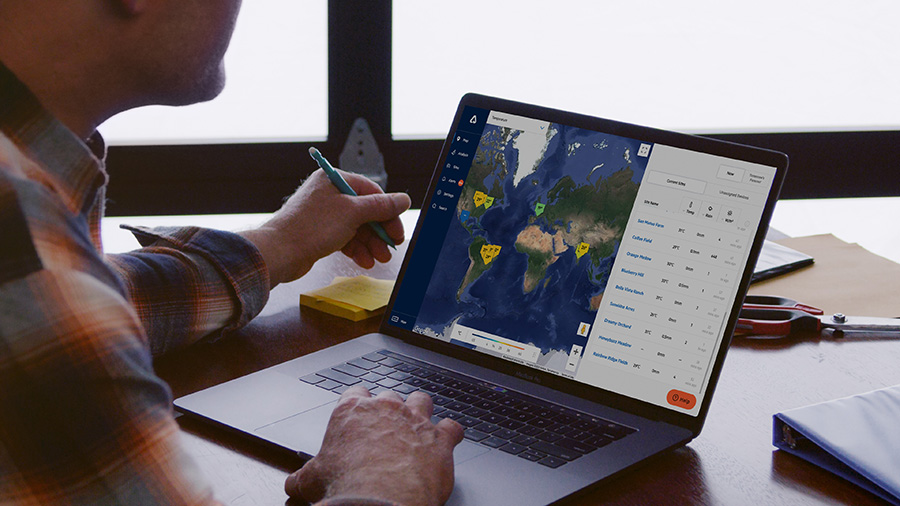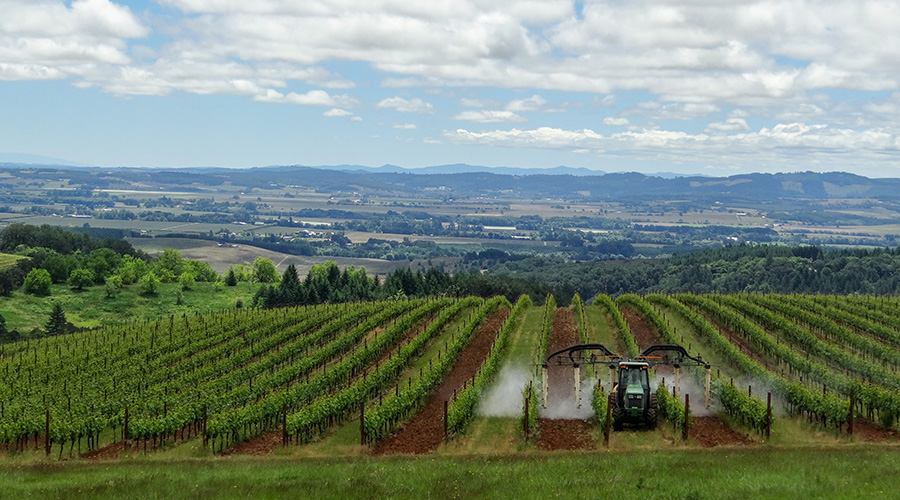Four Ways In-Field Crop Monitoring Can Help Determine the Best Time to Spray
Spray timing plays a key role in agriculture, directly affecting the effectiveness and efficiency of multiple management practices such as pest control, disease management, and crop protection. Growers have historically relied on visual observations, historical knowledge, or generalized guidelines to determine the best time to spray their crops. However, this approach often leads to inefficiencies and uncertainty that can result in economic losses and environmental harm. Fortunately, new agricultural technologies have proven to be invaluable by enabling growers to achieve optimal crop protection and maximize their yields in a sustainable manner.
The Costs of Getting it Wrong… And the Advantages of Getting it Right
Imprecise spray timing can have dire consequences. Spraying at the wrong growth stage can reduce the level of insect and disease control, resulting in lower quality and yields. Spraying in the wrong conditions leads to wasted resources—including inputs, water, and labor—and possible drift into surrounding areas, contaminating surrounding waterways, harming beneficials, and decreasing profitability.
On the other hand, precise spray timing mitigates crop damage, ensures optimal nutrient uptake, maintains the health of the local ecosystem, and maximizes the effectiveness of the spray application, reducing the need for additional sprays. It also optimizes crop yield and quality, which can contribute to greater market returns.
RISKS of spraying at the WRONG time
- Reduced efficacy
- Crop damage or lower quality
- Diminished yields
- Wasted time and money
- Risk to humans
- Environmental harm
REWARDS of spraying at the RIGHT time
- Optimized efficacy
- Enhanced quality
- Maximized yield potential
- Efficient use of time and money
- Minimized risk
- Land and water stewardship
A New Era in Spray Timing
In the pursuit of greater efficiency and profitability, growers are increasingly embracing technology to enhance crop protection practices. One type of agriculture technology—in-field monitoring—is gaining popularity globally due to fast-moving advancements in usability and affordability. Gone are the days of clunky, cost-prohibitive weather stations that take a trained team to assemble and require regular maintenance. The latest in-field monitors are smarter, easier to use, and more cost-effective than prior generations.
By providing real-time, hyperlocal insights into environmental conditions, crop health, and pest and disease pressure, in-field monitoring systems are empowering growers to optimize their crop protection programs with data-driven decisions. Here are four ways in-field crop monitoring is helping growers identify the best time to spray.
1. Real-Time Environmental Monitoring
In-field monitoring technology equips growers with real-time environmental data that directly impacts crop protection. Sensor-loaded monitors placed directly in the field, such as the Arable Mark, collect crucial information like temperature, humidity, rainfall, wind speed, and leaf wetness. This data provides valuable insights into the environmental conditions that can affect pest and disease development, allowing growers to proactively respond to potential threats and adjust their schedules accordingly.
In addition, in-field monitoring systems can optimize resource management by providing information on current field conditions so growers can more easily determine the best time to spray. Arable’s spray timing tool, for example, helps plan labor more accurately and minimize drift by identifying windows of time where weather conditions are forecasted to be optimal for spraying.
2. Early Pest Detections and Population Monitoring
Another key advantage of in-field monitoring is the ability to detect pests early and track their population dynamics. By utilizing sensors, cameras, or trap systems, growers can accurately identify the presence and severity of pests in their fields. Timely pest detection allows growers to intervene at the earliest stages, preventing infestations from spreading and causing significant damage.

3. Crop Growth Monitoring and Phenological Analysis
Understanding the growth stages of crops enables precise timing for pesticide applications, ensuring maximum effectiveness and minimizing the risk of crop damage. Collecting hyperlocal data on plant development, growth rates, and flowering stages allows growers to align their spray timing with the crop’s vulnerable periods.
4. Decision Support and Data Analytics
Some in-field monitoring systems are able to be integrated with decision support systems or provide data analytics to further enhance crop protection efforts. For example, the Arable crop intelligence system uses advanced algorithms to analyze the collected data, then combines the data with historical trends to provide actionable insights to growers. These insights help in predicting pest and disease outbreaks, determining economic thresholds, and identifying the best time to spray considering current weather conditions.

The latest crop of in-field monitoring technologies is transforming the way growers plan their spray programs. With these tools to guide precise spray timing, growers can enhance crop productivity while safeguarding the environment and contributing to a more sustainable future. Proper spray timing is not just a best practice that reduces bugs and disease; it’s a critical investment in the future of agriculture and our planet.
